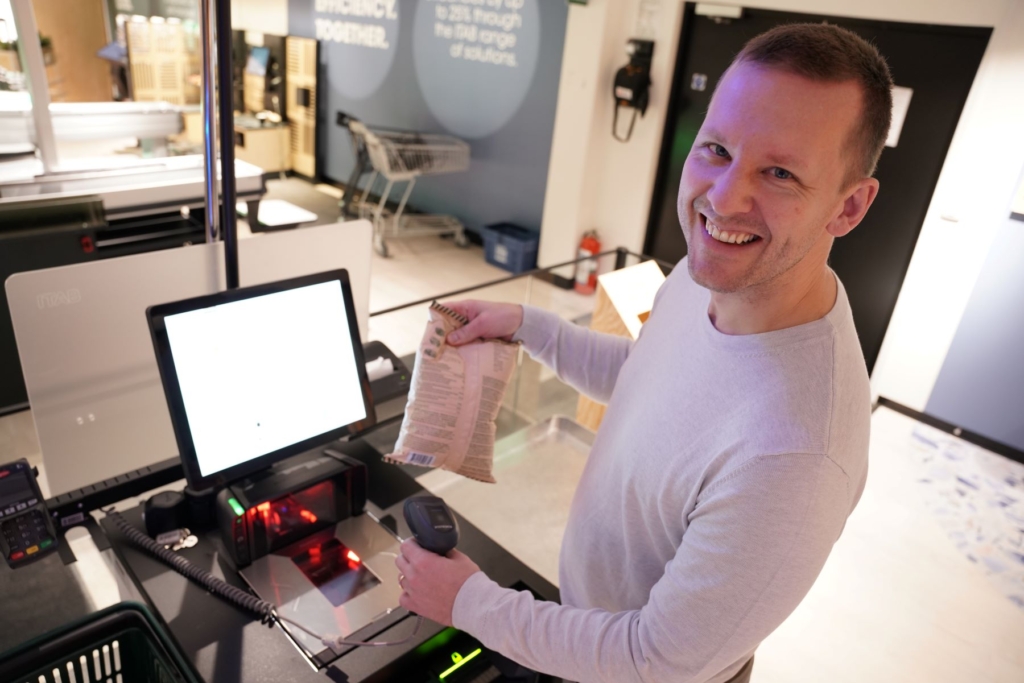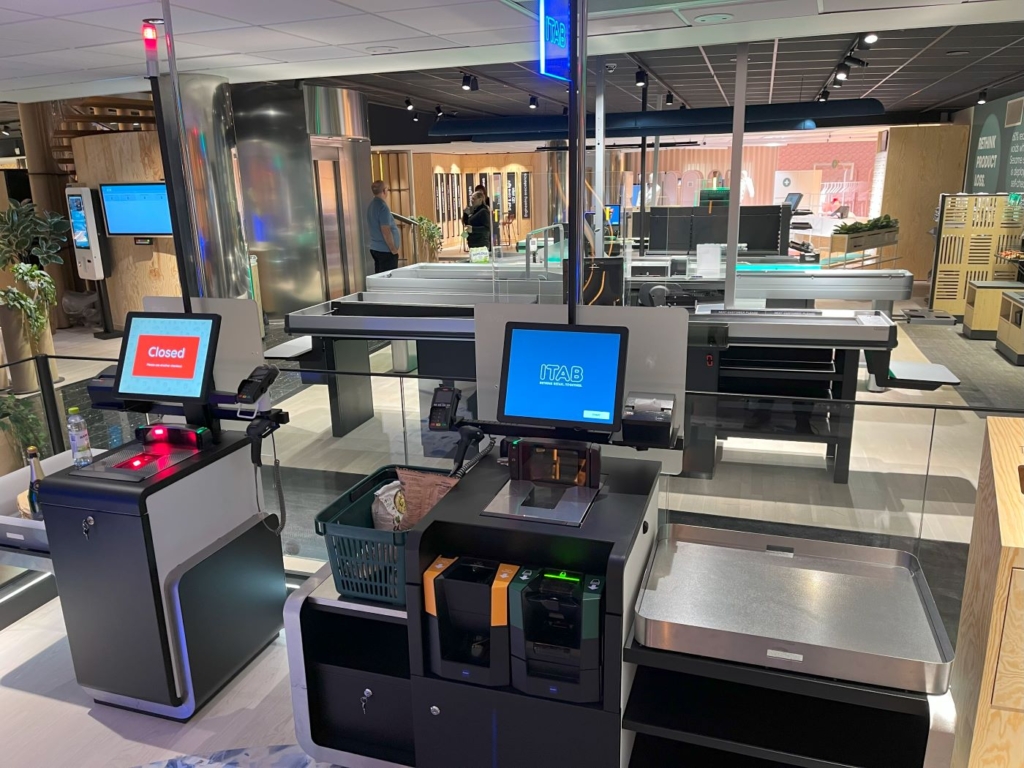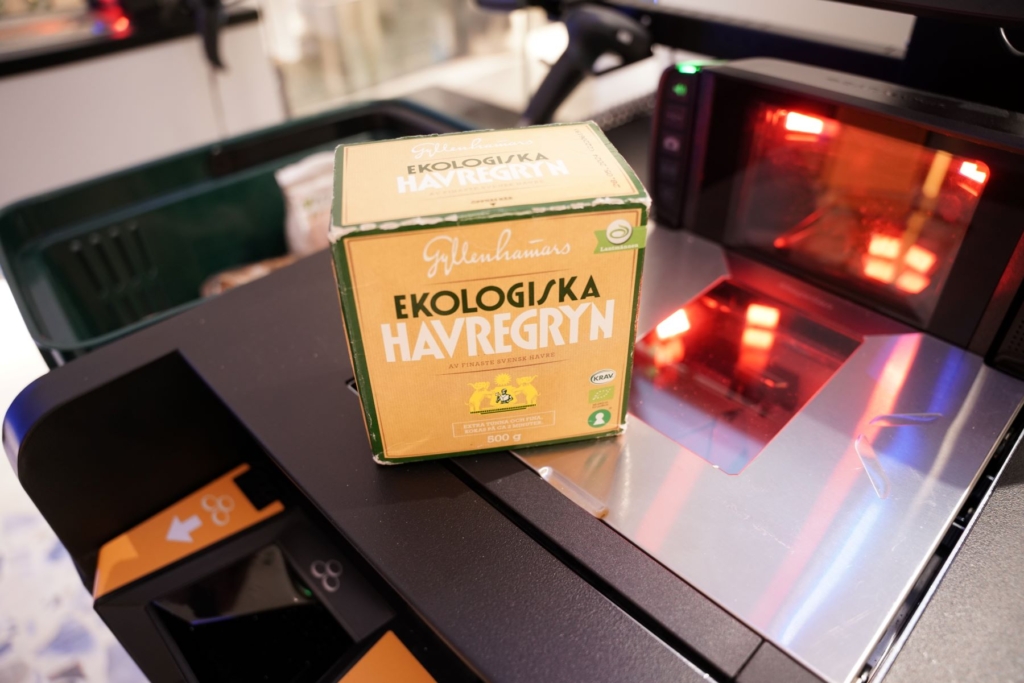The Technology Taking Self-Scanning to the Next Level
New technology that combines image and text recognition will securely ensure that products are correctly identified and registered. This innovation also simplifies the installation and operation of self-scanning systems. The results include improved customer and employee experiences and increased profitability for stores. Tobias Pettersson, an industrial doctoral student at ITAB and the research school Smart Industry Sweden is leading the development—soon to be part of everyday life.




Self-checkout systems have become increasingly common in Swedish stores, but their popularity has also brought challenges, including issues related to shoplifting and customer experience. However, the technology is evolving.
Tobias Pettersson is working on a research project that could change how retailers manage self-scanning in stores.
Ten Times More Efficient
His research is showing promising results. The new cutting-edge technology for autonomous self-scanning has proven to be ten times more efficient than current self-scanning solutions, saving time, improving accuracy, reducing losses, and lowering operational costs.
“We are developing AI technology that combines image and text recognition to create robust systems. The goal is for every product to be correctly identified, even in environments with a large and constantly changing product range,” says Tobias Pettersson.
Tobias Pettersson’s research does not constitute a finished solution but rather serves as building blocks that can be used to develop future systems. For the technology to function in real retail environments, robust systems are required that can both accurately identify products and be user-friendly for customers. However, challenges remain—systems must be flexible enough to handle both new and seasonal products while functioning in various store and environmental conditions.
“One of the biggest challenges is ensuring that the technology works just as well in a store as in a test environment. We are working to make the transition as seamless and robust as possible,” says Tobias Pettersson.
Better user experience for the customer
In addition to reducing losses and improving security, these solutions can also help stores manage staff shortages and cope with customer surges, such as at train stations and other high-traffic locations where a store may suddenly experience a rush of customers.
The new technology can automate time-consuming tasks and reduce the need for manual checks, freeing up staff for other duties. Its simplicity also makes it easier to train new employees, while creating a more attractive work environment by reducing monotonous tasks.
The research project is expected to be completed in 2026, and Tobias Pettersson looks forward to contributing to technological innovations that benefit both customers and stores.
“It’s about creating a balance between speed, security, and flexibility. With this technology, we can transform how stores operate while addressing their biggest challenges.”
More about the research
You can read more about parts of Tobias’ research in the scientific journal Machine Vision and Applications: Multimodal fine-grained grocery product recognition using image and OCR text.
Tobias Pettersson is a software developer at ITAB, employed by Jönköping University, and an industrial doctoral student at the University of Skövde in the research school Smart Industry Sweden.